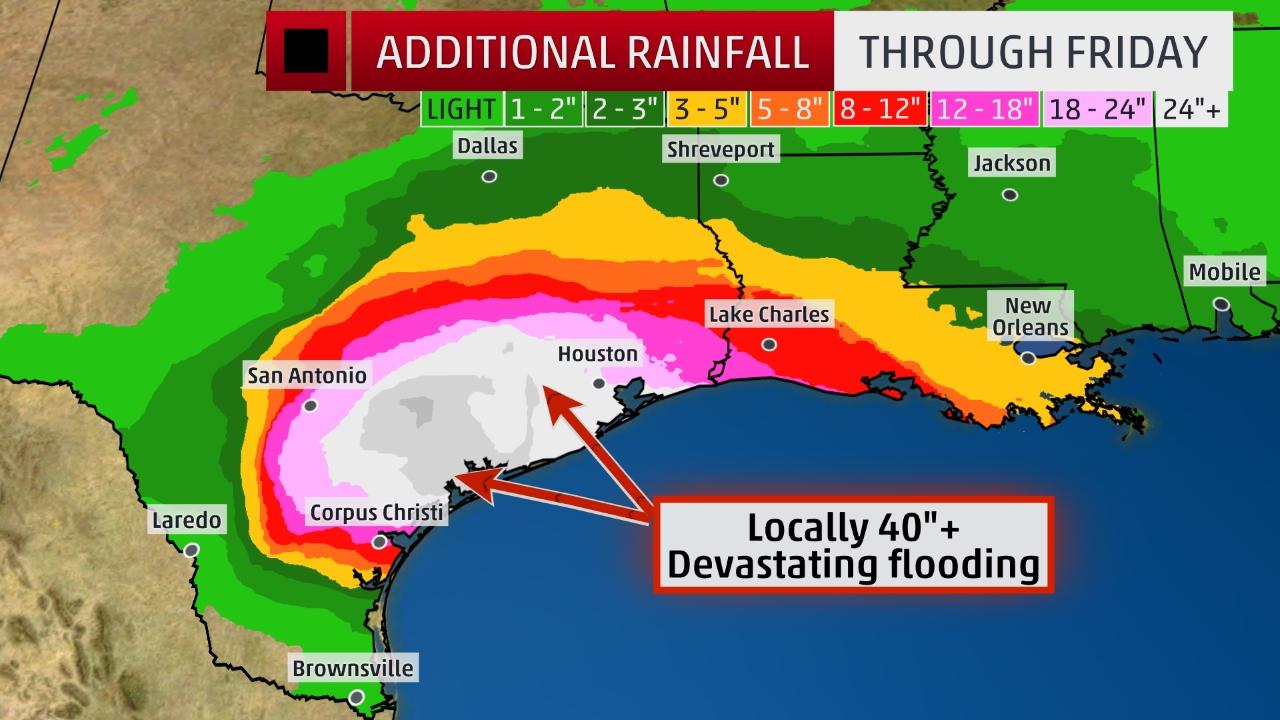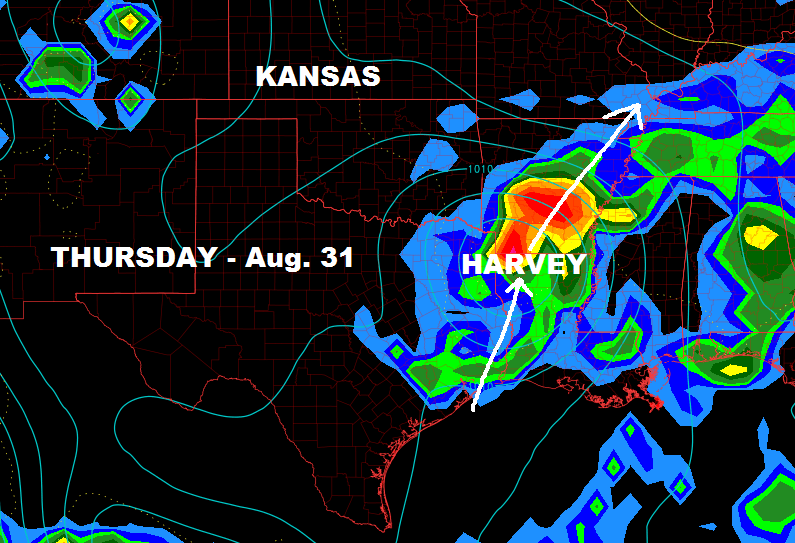


Since 1895, precipitation across the CONUS has increased at an average rate of 1.67 inches per century.Ībove-average precipitation was observed across the nation with much-wetter-than-average conditions across parts of the West and the Great Lakes region. This made 2017 the 20 th wettest year on record for the nation, and the fifth consecutive year with above-average precipitation. average annual precipitation was 32.21 inches, which is 2.27 inches above the long-term average. Thirty-two additional states, including Alaska, had annual temperatures that ranked among the 10 warmest on record. Five states – Arizona, Georgia, New Mexico, North Carolina and South Carolina – had their warmest year on record. Despite cold seasons in various regions throughout the year, above-average temperatures, often record breaking, during other parts of the year more than offset any seasonal cool conditions. and Alaska had an above-average annual temperature. Nationally, the average minimum (low) temperature was 42.8☏, the fourth warmest on record, while the average maximum (high) temperature was 66.4☏, the fifth warmest on record.įor the third consecutive year, every state across the contiguous U.S. Since 1895, the CONUS has observed an average temperature increase of 1.5☏ per century. The five warmest years on record for the contiguous U.S. This was the third warmest year since record keeping began in 1895, behind 2012 (55.3☏) and 2016 (54.9☏), and the 21 st consecutive warmer-than-average year for the U.S. was 54.6☏, 2.6☏ above the 20 th century average. Harvey stalled over the coast after making landfall.Based on preliminary analysis, the average annual temperature for the contiguous U.S. Katrina brought destruction via storm surge and the crumbling of New Orleans levees. (Which goes to show how different Katrina and Harvey are. That storm produced 6.56 trillion gallons over those states, the Washington Post’s Jason Samenow explains. Harvey’s total rainfall dwarfs the amount of rain dumped over Louisiana and Mississippi during Hurricane Katrina in 2005. Its size is reminiscent of a mushroom cloud. To help, we wondered what 27 trillion gallons would look like in one giant raindrop. Twenty-seven trillion gallons is much harder to fathom. For reference, here’s what one million gallons of water looks like hovering above an average-sized person. (The calculation is simple, he says on Twitter: It’s depth of rain multiplied by the number of square miles covered.) That’s one million gallons of water for nearly every person who lives in Texas. It’s all because over six days, 27 trillion gallons of water fell over Texas and Louisiana, as Ryan Maue, a meteorologist with WeatherBell, told CNN. The recovery is expected to cost well more than $150 billion, and it will take years to complete. And the consequences have been catastrophic: At least 46 are dead, around 30,000-40,000 homes have been destroyed, and 35,000 people relocated to emergency shelters. Some weather stations in the region recorded more than 50 inches (over 4 feet!).

It’s hard to fathom the amount of rain Hurricane Harvey dumped on Texas and Louisiana.


 0 kommentar(er)
0 kommentar(er)
